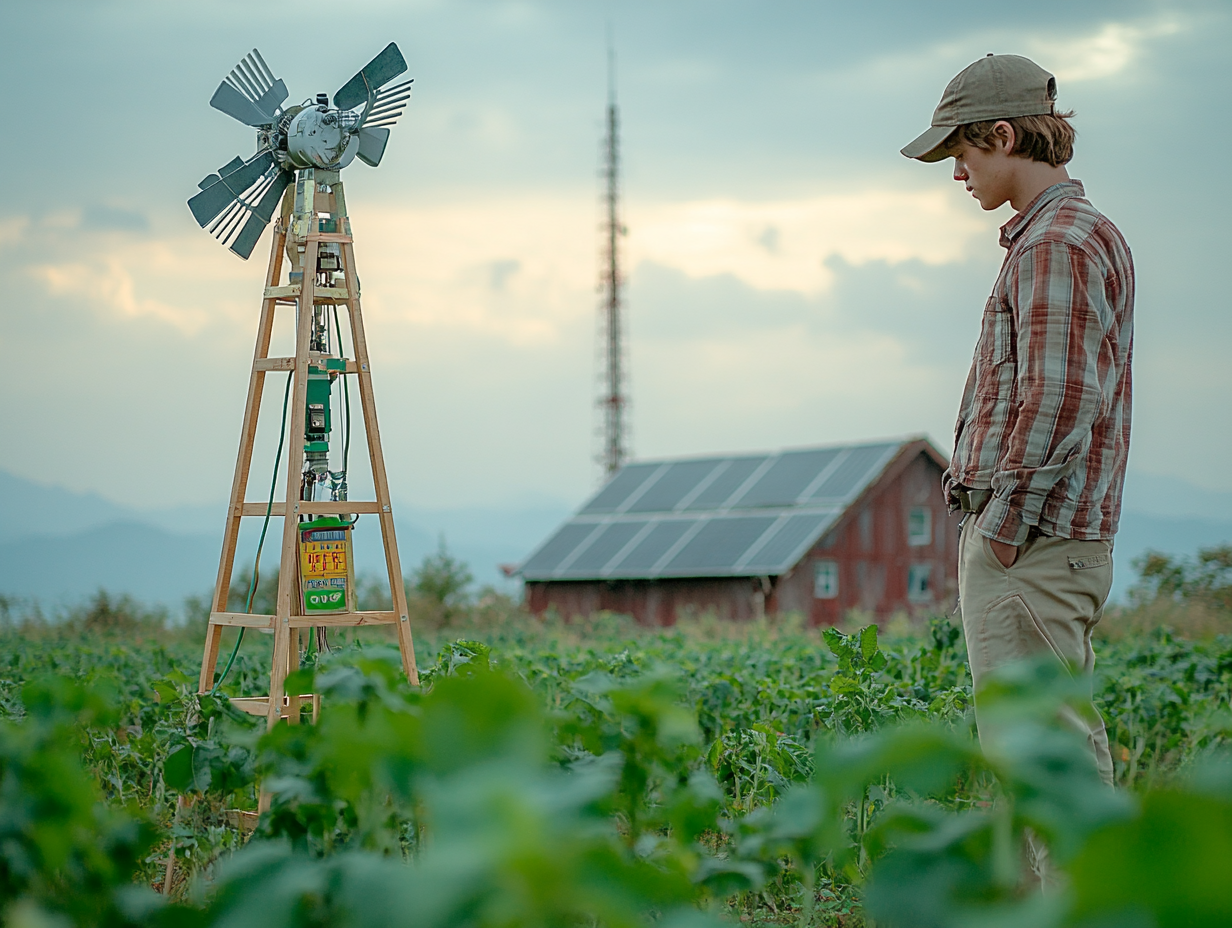How to Survive When SHTF
Introduction
Prepping is no longer just for extreme survivalists or doomsday believers—it is a practical, necessary strategy for anyone concerned about natural disasters, economic downturns, or unforeseen emergencies. If a hurricane, power outage, or civil unrest were to disrupt daily life, would you be prepared? In this guide, we’ll walk you through a detailed beginner’s survival prepping strategy, covering everything from food storage, water purification, survival gear, self-defense, renewable energy solutions, and off-grid living techniques to ensure you and your family can withstand any crisis.
This video discusses foundational prepping concepts suitable for both newcomers and experienced , emphasizing practical steps to enhance preparedness.
Why You Need to Start Prepping Today
With an increase in natural disasters, economic instability, and civil unrest, the need for self-sufficiency and preparedness has never been greater. Here’s why prepping is essential:
- Unpredictable Climate Events – Hurricanes, wildfires, floods, and earthquakes are becoming more frequent and severe.
- Supply Chain Disruptions – The global pandemic exposed the fragility of food and medical supply chains.
- Economic Uncertainty – Inflation, job losses, and recessions can affect your ability to afford essential goods.
- Grid Failures – Aging infrastructure makes power outages more likely, affecting water systems and communication.
Step 1: Stock Up on Water and Food
Water Storage & Purification
Water is the most critical survival element. A person can survive only three days without water. To prepare:
- Store at least 1 gallon per person per day (minimum 30 gallons per person per month).
- Use water storage containers and treat stored water with purification tablets.
- Learn off-grid water solutions, such as rainwater collection and well digging.
- Affiliate Links: Best Water Storage Containers, Top-Rated Water Filtration Systems
Long-Term Food Storage
Food shortages can happen suddenly. Stockpile non-perishable foods such as:
- Canned goods (beans, meats, vegetables)
- Freeze-dried foods (25-year shelf life emergency food kits)
- Bulk staples (rice, oats, pasta, flour, sugar)
- Protein sources (powdered eggs, peanut butter, protein bars)
- Affiliate Links: Top Long-Term Food Storage Kits
Step 2: Build Your First Aid & Hygiene Kit
A well-stocked first-aid kit can mean the difference between life and death. Essential items include:
- Bandages, antiseptic wipes, gauze
- Antibiotics, painkillers, and essential prescription medications
- Hygiene items (toothpaste, soap, feminine hygiene, toilet paper)
- Respiratory masks, gloves, and protective eyewear
- Affiliate Links: Emergency First Aid Kits
Step 3: Assemble a Bug-Out Bag
A Bug-Out Bag (BOB) contains all the essentials you need to survive for 72 hours if you need to evacuate quickly. Key items include:
- Multi-tool, tactical flashlight, and fire starter
- Mylar survival blanket and portable tent
- Self-defense tools (pepper spray, tactical knife)
- Portable solar charger for communication devices
- Affiliate Links: Best Bug-Out Bags, Top Survival Gear
Step 4: Learn Basic Survival Skills
Prepping isn’t just about stockpiling; it’s about learning essential survival skills like:
- Fire-starting (using waterproof matches, lighters, and ferro rods)
- Water purification (boiling, filtering, using purification tablets)
- Basic first aid & medical care
- Navigating without GPS (using a map and compass)
- Affiliate Links: Best Emergency Fire Starters, Survival Training Books
An image depicting a well-organized prepper pantry, illustrating effective storage solutions.
This video provides practical advice on how beginners can start prepping without significant financial investment, emphasizing essential areas to prioritize.
Step 5: Create a Communication & Evacuation Plan
Having a plan before disaster strikes can keep you and your loved ones safe:
- Set up emergency contacts – Have at least three trusted contacts outside your immediate area.
- Establish multiple escape routes – Plan at least three evacuation paths.
- Use emergency radios and communication gear – A two-way radio or HAM radio can be life-saving when cell towers fail.
- Affiliate Links: Best Emergency Radios
Step 6: Secure Your Home & Defend Your Family
During economic collapses or natural disasters, crime increases. Protect your home by:
- Reinforcing windows, doors, and entry points
- Installing motion-activated lights and security cameras
- Owning self-defense tools (legal options include pepper spray, stun guns, or home defense firearms where permitted)
- Affiliate Links: Best Home Security Systems
Step 7: Explore Renewable Energy & Off-Grid Power Solutions
When the power grid fails, you need a backup energy source:
- Solar panels and battery storage – Ideal for off-grid survival and reducing energy dependence.
- Portable solar generators – Great for emergency use and bug-out locations.
- Wind turbines & hydro generators – Useful for long-term self-sufficiency.
- Affiliate Links: Best Portable Solar Generators
Step 8: Join Prepper Communities & Continue Learning
No prepper should go it alone. Join online forums, Facebook groups, and local prepper meetups to share knowledge and resources.
- Recommended Communities:
Conclusion: Start Prepping Today!
Prepping is not a one-time action but a lifestyle choice that ensures your safety and well-being in any crisis. Whether you start with stocking up on food and water, building a bug-out bag, or learning new survival skills, every step brings you closer to total preparedness.
Next Steps:
- Check out related articles: 72-Hour Survival Kit: What You Need for the First 3 Days | How to Create an Emergency Evacuation Plan for Your Family
- Shop the best survival gear and supplies: Affiliate Store
Image Ideas:
- A side-by-side of a prepared vs. unprepared person
- A well-stocked emergency food supply
- A fully equipped bug-out bag with labeled gear
This guide is just the beginning—continue learning, practicing, and building a survival plan that works for you and your family! 🚀
